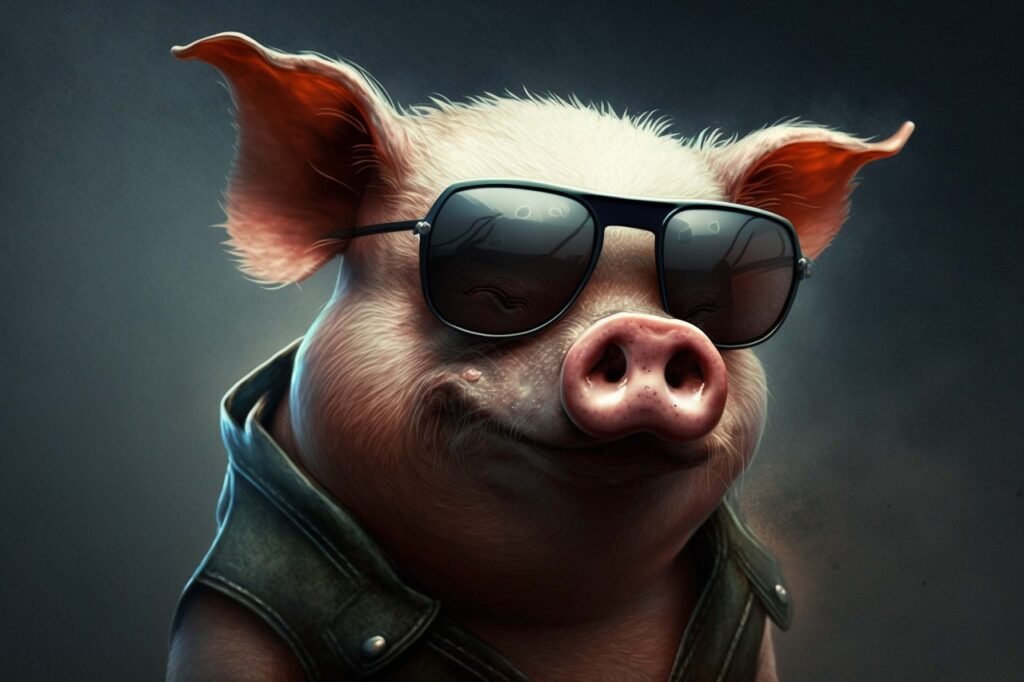For centuries, humans have utilized the bow and arrow as a tool for survival, sustenance, and sport. Bow hunting, in particular, is an ancient and immersive practice that connects individuals with nature, providing a unique challenge and rewarding experience. In this blog post, we will delve into the art of bow hunting, exploring the necessary equipment, essential techniques, and ethical considerations to ensure a responsible and successful hunting experience.
Selecting the Right Bow:
Choosing the appropriate bow is the foundation of successful bow hunting. There are three primary types of bows: traditional longbows, recurve bows, and compound bows. Each bow offers distinct advantages and challenges. Traditional longbows provide simplicity and a direct connection to the historical roots of archery, while recurve bows offer more power and maneuverability. Compound bows, on the other hand, are modern marvels with pulley systems that aid in drawing the bowstring. Beginners might find compound bows easier to handle, but ultimately, the choice depends on personal preference and experience.
Mastering Archery Techniques:
Before embarking on a bow hunting journey, mastering essential archery techniques is crucial. These include
Proper stance: Stand perpendicular to the target, feet shoulder-width apart, with your body slightly turned towards the target.
Nocking the arrow: Securely attach the arrow to the bowstring with the cock feather facing away from the bow.
Drawing the bow: Maintain a fluid motion while drawing the bow, ensuring a smooth release for accurate shooting.
Aiming: Choose a consistent aiming method, such as gap shooting or instinctive shooting, and practice regularly to improve accuracy.
Releasing the arrow: A controlled and relaxed release minimizes bow torque and ensures a straight and accurate flight.
Understanding Hunting Regulations and Safety:
Responsible bow hunting demands compliance with local hunting regulations. Obtain the necessary licenses and permits, and familiarize yourself with hunting seasons, bag limits, and restricted areas. Safety is of paramount importance, so always inform someone of your hunting plans and carry essential gear like a first-aid kit, map, compass, and communication devices.
Scouting and Choosing Hunting Locations:
Successful bow hunting involves understanding the habits and patterns of your chosen game. Spend time scouting potential hunting locations to identify tracks, trails, feeding areas, and bedding sites. Knowledge of the terrain and the behavior of your target species will increase your chances of a successful hunt.
Practicing Stealth and Patience:
Bow hunting requires a high level of stealth and patience. Move quietly and wear camouflage clothing to blend into your surroundings. Additionally, practice still-hunting, where you wait in a concealed location for the game to come within range. Patience is key, as rushing a shot may lead to missed opportunities or wounding the animal without a clean kill.
Ethical Considerations:
Respect for wildlife and ethical hunting practices go hand in hand. Always prioritize a clean and humane kill, aiming for vital organs to ensure a swift and humane harvest. If you wound an animal, make every effort to track and recover it. Leave no trace and respect private property and other hunters in the area.
Bow hunting is a skill that connects modern individuals with ancient traditions, fostering a deep appreciation for nature and wildlife. By selecting the right equipment, mastering archery techniques, understanding hunting regulations, and adopting ethical practices, bow hunters can embark on a fulfilling and sustainable hunting journey. Remember, it’s not just about the pursuit; it’s about the connection with nature and the responsibility to preserve our hunting heritage for future generations. Happy hunting!

